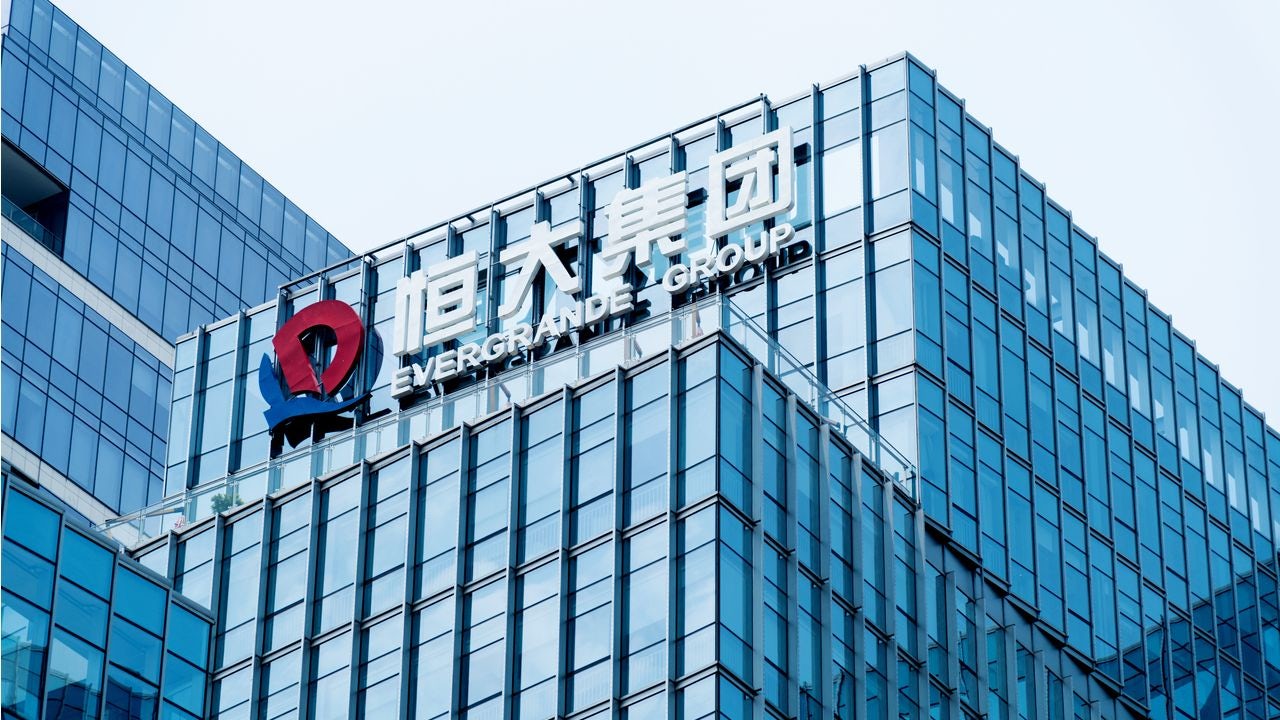What happened
Chinese ships are going dark, disappearing from tracking systems just as the holiday shopping rush encroaches. From October 28 to November 15, the level of terrestrial shipping data across all Chinese waters dropped roughly 90 percent as domestic companies stopped giving information to foreign entities to comply with the country’s Personal Information Protection Law, which went into effect on November 1. Although the new law does not directly address shipping, Chinese organizations are no longer sharing when and from where they are leaving, muddying supply chain visibility.
The Jing Take
The timing couldn’t be worse. Global supply chains are already under stress due to high consumer demand and previous pandemic-related disruptions. In May, the Port of Yantian, the world’s fourth busiest port located in Shenzhen, was partially shut down for a month and a half, while the Port of Ningbo, the world’s third busiest, was closed briefly in August over a single COVID-19 case. Moreover, as China is home to six of the world’s ten largest container ports, withholding ship locations per this data protection law further slows down operations, preventing international shippers from understanding cargo volumes and optimizing routes.
If these issues weren’t enough, containers are also harder to find than ever. With ports and warehouses running short on workers and shipping lines canceling their routes during the early days of the pandemic, an estimated 3 million containers have been stranded around the world. To illustrate the level of congestion, for every 100 containers that arrive in North America, only 40 are sent back to Asia or Europe. This problem has been exacerbated by the unexpectedly strong rebound in Chinese exports and fall in imports, shifting the direction of trade.
Given these constraints, consumers looking for holiday items like toys, electronics, and decorations may find them in short supply this December. Shipping costs have also surged about five times their average over the past decade; in fact, the UN warned on Thursday the surge in freight rates is expected to push up global consumer prices by 1.5 percent between now and 2023.
But luxury brands may be in a better position to weather the storm, either stomaching the increasing costs, passing them on to consumers (Chanel and Louis Vuitton recently hiked prices), or paying extra for air freight. Moreover, most of their production remains within Europe, sparing them from the factory shutdowns in Southeast Asia. While luxury is certainly not immune to all global supply chain difficulties, such as the current cotton shortage, high-end players are unlikely to face a nightmare before Christmas.
The Jing Take reports on a piece of the leading news and presents our editorial team’s analysis of the key implications for the luxury industry. In the recurring column, we analyze everything from product drops and mergers to heated debate sprouting on Chinese social media.


